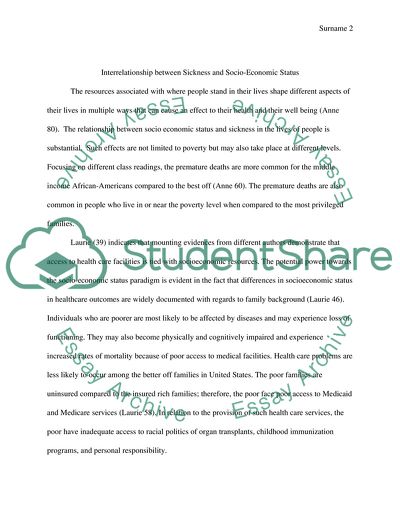Cite this document
(Not Only Do the Poor Get Sicker but the Sick Get Poorer Essay Example | Topics and Well Written Essays - 2750 words, n.d.)
Not Only Do the Poor Get Sicker but the Sick Get Poorer Essay Example | Topics and Well Written Essays - 2750 words. https://studentshare.org/sociology/1865144-medical-sociology
Not Only Do the Poor Get Sicker but the Sick Get Poorer Essay Example | Topics and Well Written Essays - 2750 words. https://studentshare.org/sociology/1865144-medical-sociology
(Not Only Do the Poor Get Sicker But the Sick Get Poorer Essay Example | Topics and Well Written Essays - 2750 Words)
Not Only Do the Poor Get Sicker But the Sick Get Poorer Essay Example | Topics and Well Written Essays - 2750 Words. https://studentshare.org/sociology/1865144-medical-sociology.
Not Only Do the Poor Get Sicker But the Sick Get Poorer Essay Example | Topics and Well Written Essays - 2750 Words. https://studentshare.org/sociology/1865144-medical-sociology.
“Not Only Do the Poor Get Sicker But the Sick Get Poorer Essay Example | Topics and Well Written Essays - 2750 Words”. https://studentshare.org/sociology/1865144-medical-sociology.


